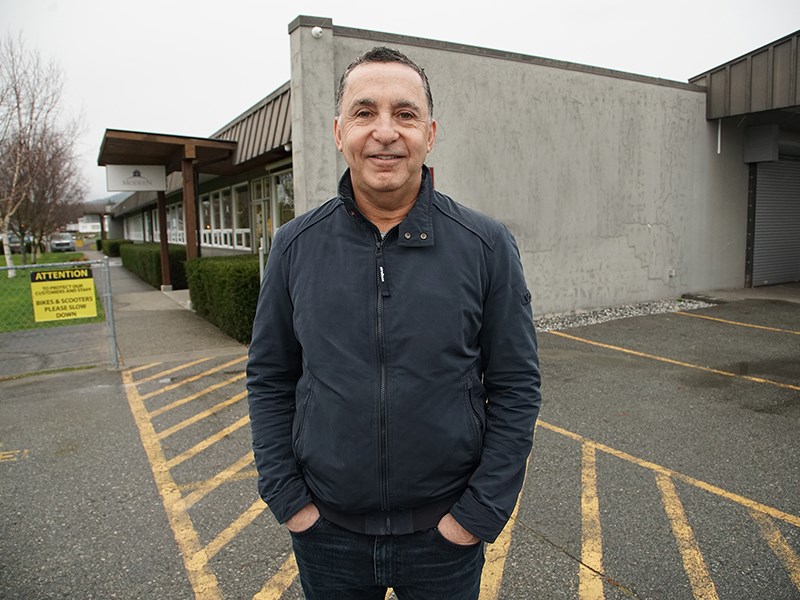City of Powell River’s 2020 to 2024 draft financial plan shows a 6.7 per cent increase for the average commercial property for the 2020 tax year.
According to a report to the city’s finance committee, chief financial officer Adam Langenmaier spelled out the impact on an average commercial property.
The report specified that the average value of a commercial property in Powell River is $408,912. This is an increase of $28,663 (7.5 per cent) from 2019’s average value of $380,249. The number of commercial properties in the city remains at 426.
The report stated that the average valued commercial property will pay $7,646 in property taxes, which is an increase of 6.7 per cent from the prior year. This increase consists of a five per cent proposed increase along with a 1.7 per cent increase, which is attributed to municipal debt.
Dan Agius, who owns and manages a number of commercial properties in Powell River, said the tax increase is a burden to local businesses.
“For small businesses, commercial tax rates are becoming prohibitive for them to carry on,” said Agius. “We have some tenants who have a 1,000-square-foot store. Their property taxes are about $4,000 a year. That’s about $333 a month and about $4 a square foot, just for property taxes. It’s a major part of their rent.”
Agius said some landlords operate on a triple net principle, so they get to cover those increases from the tenant every year. He said there are other landlords like himself who include all of those expenses in the rent.
“I have to absorb it until the lease expires and then when I go to renew it, I justify a rent increase solely based on property tax changes,” said Agius. “That’s more than enough to make people reconsider the business.”
Langenmaier said in his recommendation he asked city council to approve the proposed tax levy increase of up to five per cent.
He added that the municipal debt is a new levy for the debt cost of the liquid waste treatment plant borrowing, which is also being applied to residential properties.
“What you’ll see on the tax notice is your general tax levy and you’ll see a municipal debt levy,” said Langenmaier. “This is for the debt associated with the new liquid waste treatment plant.”
For the average commercial property, the municipal debt tax will be $120.63.
Langenmaier said the municipal debt tax going forward will be matched to debt costs associated with the liquid waste treatment plant. He said there would not be a fixed 1.7 per cent year.
“It will be tied to how much we borrow,” said Langenmaier. “We will see it continue on in a similar range over the next few years because the plan is to borrow consistently over the next few years, not having a big spike in borrowing.”
In terms of general tax, the average commercial property will pay $7,525.40, which is a $359.34 increase from the previous year.
“Commercial properties should see a 6.7 per cent change,” said Langenmaier. “That’s made up of the five per cent approved by council and the municipal debt levy being separate, also approved by council.”
Part of the problem is BC Assessment, according to Agius. He said recently he had one of his assessments came in double what it was the prior five years. He appealed the assessment without success. He said his property taxes on that building went from $17,000 to $35,000 a year.
“There was a case where the lease was coming up and I had to somehow try to recover this,” said Agius. “It’s causing a lot of strain, potentially, on that business’s survival.”
He said if the tenant does not renew the lease, then it’s a strain on him.
“It’s a vicious cycle,” he added.
In terms of the tax increase, a 6.7 per cent increase from the city adds another $2,000 in taxes on that building with a $35,000 assessment, said Agius.
“It makes people rethink their business,” he said. “It makes people think, what do they really need a storefront for?”
In terms of the property tax burden, residential properties carry 63 per cent of the burden, while representing 87 per cent of total property assessments. Commercial properties carry 18.3 per cent of the burden, while representing 7.5 per cent of the assessment, while major industry carries 18.3 per cent of the burden, representing 4.7 per cent of the assessment.



